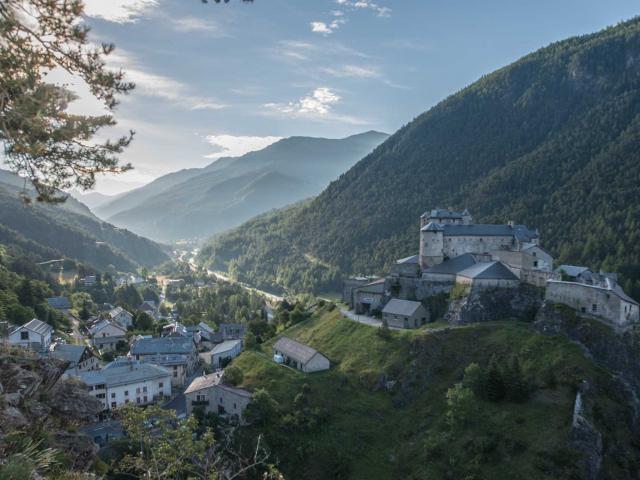The heritage
The Natural Park of the Préalpes d’Azur is a world-renowned preserved territory that hosts an exceptional biodiversity, part of its natural heritage. A rich fauna and flora have developed in these different rich environments. More than 2,000 plant species have been listed in this territory. It represents a third of the metropolitan French flora. 65 are nationally or regionally protected. Some of them are rare. Among them, there are 40 native south-western Alps or Provence plant species.
This territory has become a true sanctuary for many species, such as the white-clawed crayfish or the Orsini’s viper, whose numbers are dwindling in their natural range due to the progressive loss of their natural habitat. The varied landscapes offer preserved living areas for the fauna. Cave bats and many species of local beetles have found refuge in the caves and caverns of the Natural Park of the Préalpes d’Azur. It is also the case for a small native amphibian, the Hydromantes strinatii.
23 species of bats out of 30 in the Provence-Alpes-Côte d’Azur region can be observed in the Préalpes d’Azur Natural Park. Several sites have been placed under the protection of the Natura 2000 network, in order to preserve their biodiversity.
The Natural Park of the Préalpes d’Azur also has a beautiful built heritage that dates back to the Prehistory. This exceptional territory testifies to the different eras. 6 classified tumulus under which the dead were regularly buried still remain from the Neolithic period. The Castellaras de la Malle and the Castellaras de Thorenc, both classified, are oppidums dating back to the Roman occupation. From the Middle Ages to the Renaissance, perched villages were fortified to protect peasant communities from the dangers of these often politically turbulent periods. Many farms and sheepfolds, built on ancient Roman sites, were also equipped with defensive elements that are still visible nowadays.
The villages of the Natural Park of the Préalpes d’Azur have completely adapted to the steep relief of the landscape. Perched on the side of the mountains, they offer a magnificent view of this territory where nature rules. In the picturesque alleyways, visitors will discover a heritage that testifies to the habits, practices and customs of yesteryear: fountains, wash houses, wells, bread ovens, oratories and oil mills.









